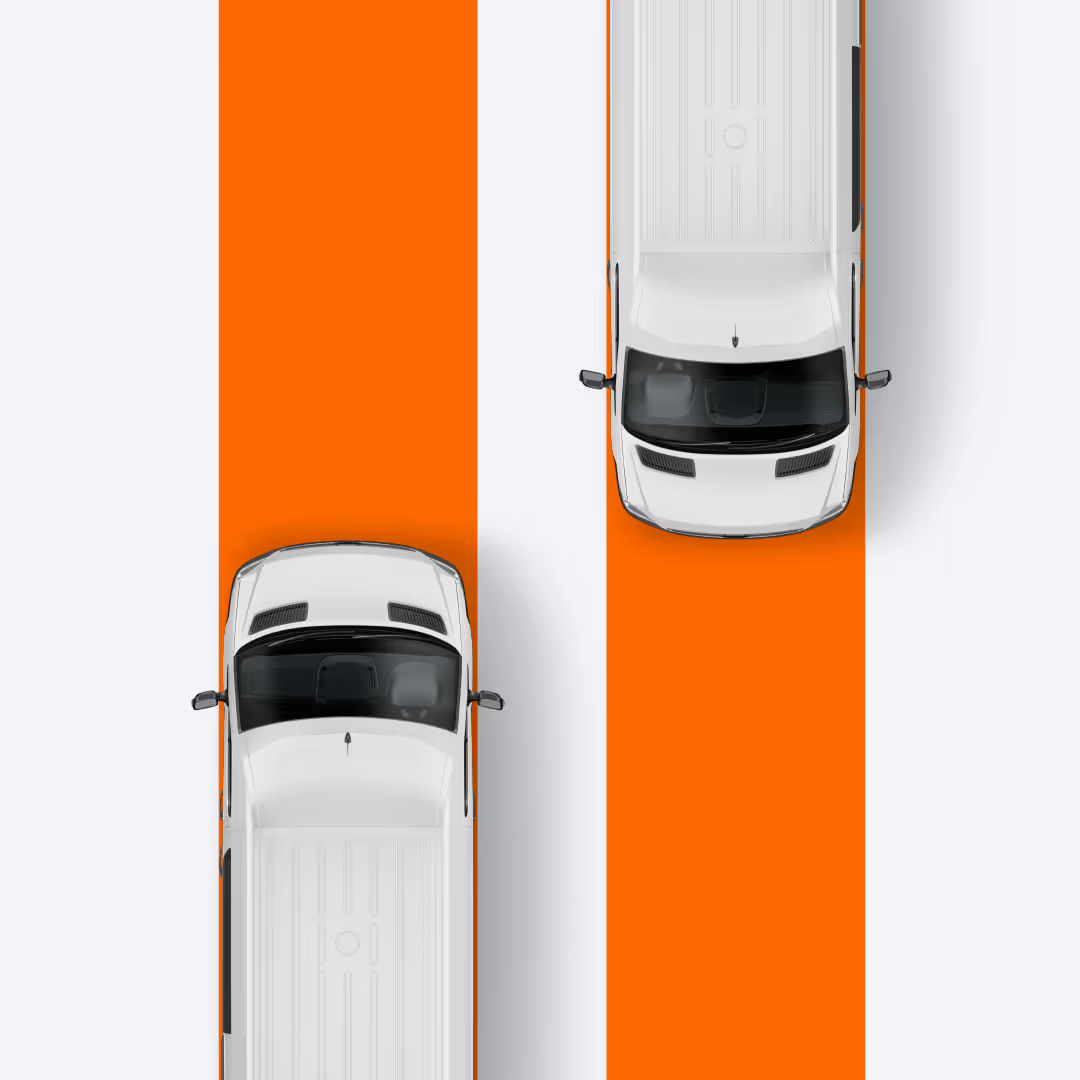Phase 2 of the Direct Vision Standard

Under the new regulations, all HGVs over 12t will need to either have a 3-star rating or be equipped with a Progress Safe System (PSS) in order to operate in Greater London. The goal is to enhance the safety of all road users in the capital and eliminate all deaths caused by HGVs across the network by 2041.Starting from October 2024, nearside cameras must eliminate blind spots. Semitrailer vehicles must have active sensor systems installed, and sensors on rigid vehicles must cover a range of 2m while excluding street furniture. Additionally, a Moving Off Information System (MOIS) with a range of 2m ahead of the vehicle must be fitted.
Key topics
Motor Transport magazine recently organised a round table discussion where industry representatives including vehicle operators, road safety charities, vehicle manufacturers, and technology providers shared their perspectives and concerns regarding how these proposals will impact vulnerable road users and fleet operations. Key topics covered during the debate included blind spot prevention, driver distraction and information overload, quality assurance for safety technology, implementation costs, as well as administrative protocols related to DVS/DVLA.It is estimated that approximately 211k vehicles with permits will expire in October 2024. Every operator will need to reapply for a permit showing that their vehicle has received a rating of at least three stars or has been equipped with PSS. However, some operators have reported experiencing delays due to DVLA and TfL struggling to synchronise data for permit issuance. TfL's current online tool has also faced criticism for not being fit-for-purpose. Delays are expected during the initial 16 months, leading some operators to call for a staggered implementation process, particularly considering TfL's impact assessment that estimates the cost to operators ranging from £135m to £1.48bn!The new requirements are expected to have a significant impact, and we are already scheduling installations for new customers or assisting existing customers in updating their fleets to ensure full compliance with the new regulations. Thanks to our exceptional R&D, product development, and manufacturing teams, we exclusively employ ultra-reliable premium-grade components and prioritise future-proofing as an integral part of our product development process. As a result, many of our customers already meet the necessary standards and can rely on their equipment to effectively enhance vehicle safety.
Caution required
A word of caution for fleet operators currently seeking a safety technology provider for DVS updates: beware of cheap imitations! The vehicle safety equipment market is flooded with inexpensive products, unregulated electronics, and inconsistent suppliers that can lead to significant issues down the line. When it comes to safety—where lives are at stake—quality must be paramount. Please refer back to our previous blog post emphasizing the importance of quality assurance.
Here is a summary of the changes and our recommended technology solutions:
The Star Rating System
The DVS assigns HGVs star ratings based on how much direct vision drivers have through their cab windows. The ratings range from zero (indicating poor direct vision) up to five stars (representing excellent direct vision).*A vehicle rated five stars can apply for an HGV safety permit without providing additional evidence.
Progress Safe System (PSS)
HGVs with less than three stars that do not possess a valid safety permit will now need PSS equipment installed; otherwise, they may face penalty charge notices (PCN) amounting up to £550 (£275 if paid within 14 days)!
Camera Monitoring Systems (CMS) eliminate any remaining blind spots and provide visual alerts of vulnerable road users to prevent collisions in blind spot areas.
Fleetclear offers 360-degree round vehicle CCTV systems that effectively eliminate all blind spots. These rugged and robust cameras have been tried, tested, and proven to be effective even in harsh environments. Anti-vibration/anti-shock HD cameras and in-cab monitors ensure a clear image that drivers can rely on. Essential footage is permanently recorded to a hard drive within the vehicle, making it ideal for ongoing monitoring needs with real-time tracking and live video recording capabilities.
Sensors are installed to aid in preventing left turn collisions by providing complete coverage down the nearside of rigid vehicles to detect vulnerable road users while ignoring roadside furniture or stationary vehicles. For articulated trailers, sensors must be fitted on the front tractor unit with recommendations for installation on the trailer whenever possible.
Many sensor systems tend to generate false alarms due to street furniture or stationary vehicles, causing unnecessary driver distractions from excessive information overload. Cyclear provides a unique three-stage sign and speaker system designed specifically for protecting cyclists and vulnerable road users. The active sensor detection system warns drivers as cyclists or vulnerable road users approach dangerous zones while an intelligent sequential sensor control module filters out positive detections from regular street furniture, significantly reducing false alarms.
Moving Off Information Systems (MOIS) sensors must be placed at the front of vehicles to prevent collisions within frontal blind spot zones when starting from rest.
Fleetclear Radar solutions are regarded as among the safest options available, capable of simultaneously detecting up to 16 static and moving objects for enhanced protection of staff, assets, as well as members of the public. Automatic braking serves as an additional option for HGVs should it become necessary.
Audio warnings must be present in all vehicles to alert vulnerable road users about intended manoeuvres.
The Cyclear system incorporates an illuminated flashing LED cycle sign mounted at the rear of the vehicle, making it visible up to 30m away. An externally-mounted speaker provides a secondary warning of danger.The good news is that TfL is already investing in educating vulnerable road users about HGVs and has a dedicated team working with VRUs and cycle safety organisations. They also visit schools to raise awareness regarding the risks associated with HGVs
Drive your business forward with Fleetclear.
Contact our team to book a demo and start your journey towards a safer, more efficient and compliant fleet.

